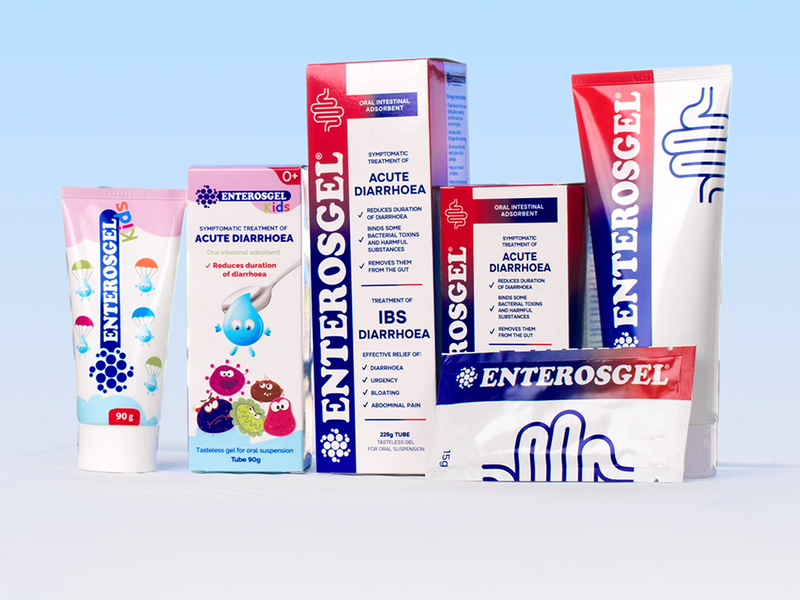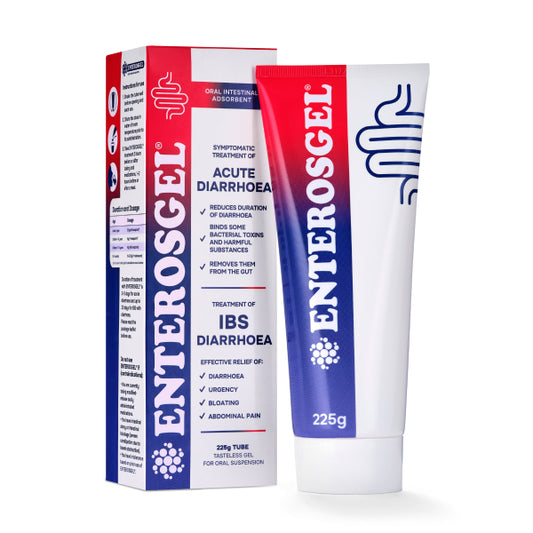
Antibiotic-Associated Diarrhoea (AAD)
Why diarrhoea happens
Antibiotics are among the most prescribed medicines in the UK, saving countless lives from bacterial infections. But they often bring an unwanted side effect: diarrhoea. Studies suggest that up to 20% of patients develop diarrhoea during or after a course of antibiotics.
The reason is not just “losing good bacteria.” Antibiotics wipe out both harmful and beneficial bacteria, leaving behind toxic bacterial fragments and endotoxins that irritate the intestinal lining. This toxic “debris” triggers watery stools, cramps, and urgency.
Children are particularly vulnerable: diarrhoea from antibiotics can lead to dehydration, disrupted school attendance, and parental stress. Adults often describe needing to take time off work or being unable to complete their course of treatment comfortably.

The lived experience
On parenting forums, one mother wrote:
“Every time my daughter takes antibiotics for ear infections, she ends up with terrible diarrhoea. We spend days running to the toilet, and she misses school. It’s exhausting for both of us.”
Adults on Reddit and Boots reviews echo similar frustrations, describing the fear of starting antibiotics because of the inevitable disruption to their bowels.
ENTEROSGEL®: an oral intestinal adsorbent that clears toxins
ENTEROSGEL® is an oral intestinal adsorbent (enterosorbent) that helps by binding and adsorbing bacterial toxins, endotoxins, and dead bacterial fragments, then safely removing them from the gut.
⚛︎ Works like a gut vacuum cleaner, clearing out harmful debris antibiotics leave behind.
⚛︎ Unlike probiotics, which add back “good bacteria” but cannot remove toxic fragments, ENTEROSGEL® deals directly with the irritants.
⚛︎ Safe from newborns, safe during pregnancy and breastfeeding — unlike loperamide, which is unsuitable for children and not recommended in pregnancy.





